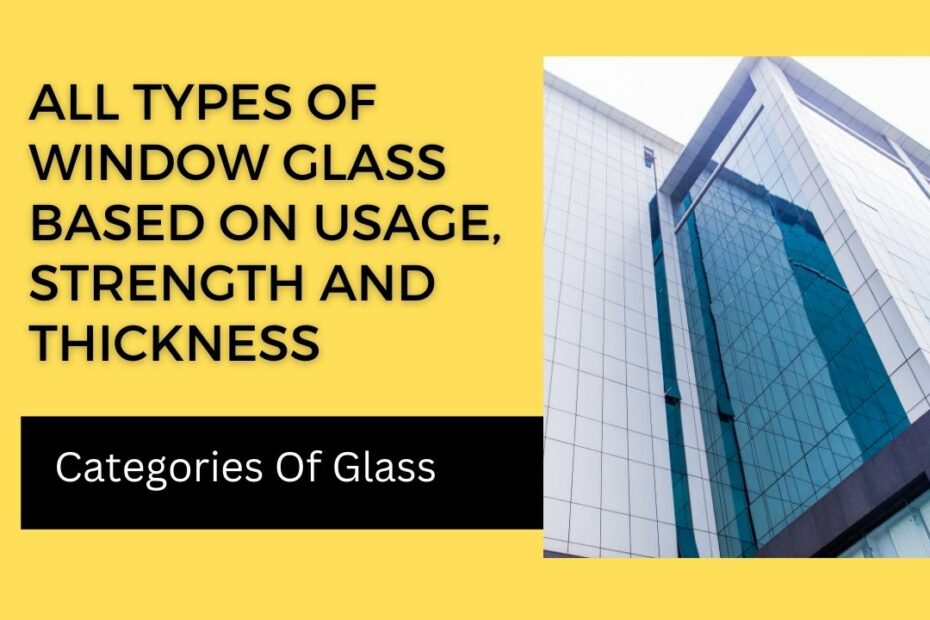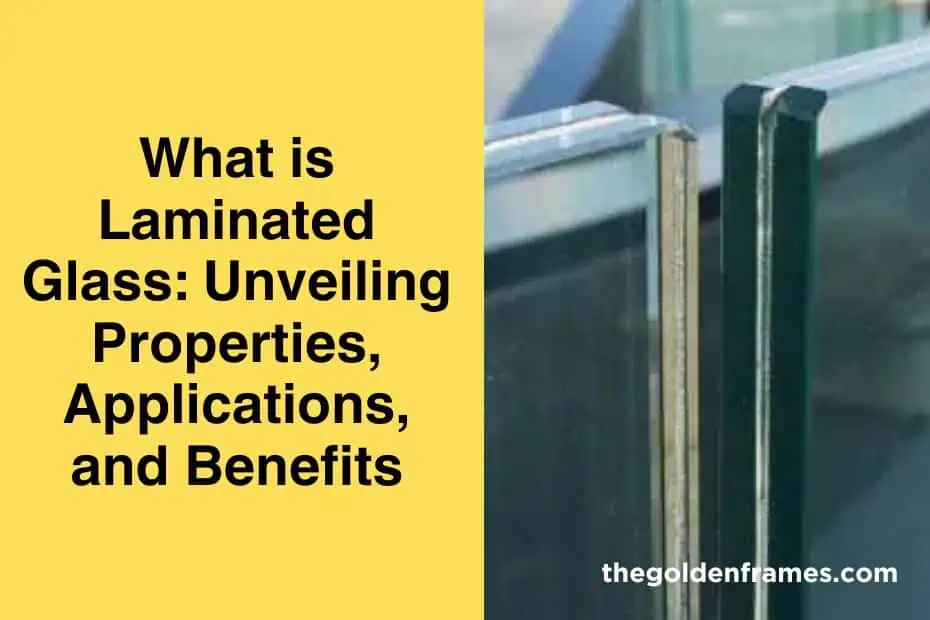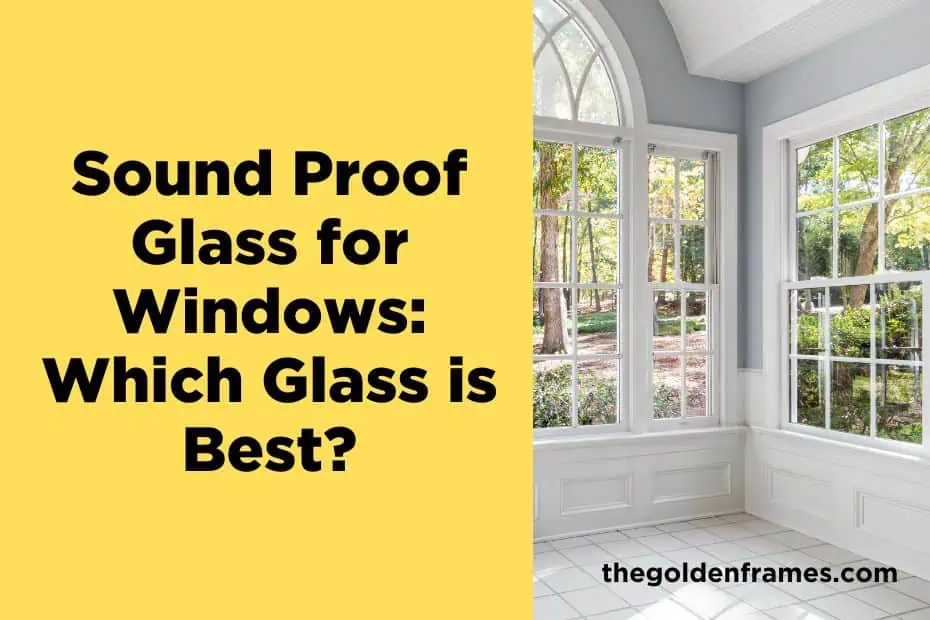This blog has covered all the relevant information about all types of Window glass based on usage, strength and thickness. Here, We have explained in detail the elemental composition and types of glass on various parameters. If you want to know anything related to glass, you can contact us, and we will surely assist you with our knowledge and experience.
Glass is often transparent solid material widely used in window frames, tableware, optics, screens of mobile & laptops etc. In the last ten years, this product has gained much attention & popularity, especially in Windows. On one side, the giant glass gives you a better outside view; on the other, it enhances the beauty of your house or facade. Glass is made up of sand, silica, soda ash, limestone, and glass & a few other components as well. Silica has a maximum ratio of 70% among all other raw materials, which helps manufacture glass.
Glass is a brittle material. Due to the presence of silica, even if it’s buried for years & years, then also no sort of decay will happen to it.
Various types of glass can depend upon their usage, colour, strength, manufacturing process, thickness, aesthetics, etc. To summarise it for you, we have categorized it into three sectors & then further explained in detail.
Categorization Based On Usage
Glass can be divided into three categories based on the usage of glass. Glass is required to fulfill three types of needs.
1. For Safety/Security
Customers must go for laminated glass if the glass is required for safety purposes. Laminated glass is a sandwich of two glasses and a sheet of PVB in between. Mostly there are two types of PVB available in the market. One is normal PVB which comes in roll form, and another is sentry PVB which comes in sheet form. Theoretically, the thickness of laminated glass starts from 8.38 mm & can go up to 22.28 mm. Rest a lot of the combination depends upon the width & height of the glass.
2. For Noise Reduction
Every glass has properties of noise reduction. 6 mm gives a noise reduction of 31 dB, whereas a DGU of 24 mm provides a noise reduction of 34 dB. Noise reduction is best achieved in case glasses used are of different thicknesses. In the case of laminated glasses, the classic combination of 6 + 1.52 + 6 mm = 13.52 mm gives a noise reduction of 37 dB.
3. For Heat Insulation
Glasses with coating on the outside are always best suited for heat insulation purposes. These coated glasses are also known as Performance Glass or Low-E Glass. These are metal oxide coatings that prevent sunlight intrusion inside the house. The u value measures the performance of Low E glasses.
Categorization Based On Strength
1. Annealed Glass
This is a standard flat glass, also commonly known in the market as each glass. The thickness of annealed glass varies between 4 mm to 12 mm. It is elementary to break down this glass. If we break this glass, it will have huge pieces. For better understanding, let’s assume the strength of glass is X. It can withstand temperature differences upto 40 degree Celsius.
2. Toughened Glass
Also known as tempered glass. This glass is made by baking annealed glass in a furnace at a temperature of 750-800 degree centigrade. The thickness of this glass also varies between 4 to 12 mm. If we break this glass, it will shatter into tiny pieces; therefore always recommended for high-rise projects. Tempered glass is four times stronger than annealed glass, i.e. 4X. It can withstand temperature differences upto 250-degree Celsius. This substantially reduces the likelihood of injury to people since there are no sharp edges like usual or annealed glass.
3. Heat Strengthened Glass
This type of tempered glass has been strengthened thermally by inducing surface compression half that of tempered glass. Its strength is twice that of ordinary annealed glass, i.e. 2X. Heat Strengthened Glass retains a breakage pattern the same as that of regular annealed glass.
4. Laminated Glass
Laminated Glass comprises two or more layers with more transparent/pigmented layers sandwiched between the mirrors. This layer is made of PVB (Poly Vinyl Butyral). The glasses used for making Laminated glass can be either normal/heat strengthened/toughened. In case of any breakage, the glass does not shatter or fall; the fragmented pieces of glass remain intact in the layer & hence reduce the risk of injury. The strength of Laminated glass is approx. Eight times that of annealed glass rest, it can be increased by adding multiple layers.
Categorization Based On Thickness
1. Single Toughened Glass
In the architectural segment, the thickness of single toughened glass starts from 4 mm & goes up to 12 mm. These glasses come in a large sheet size of 3660 mm * 2440 mm & the required dimensions can be easily cut down from the sheet.
2. Double Glazed Glass
Also known as an insulated glass unit or IGU. The thickness of these glasses starts from 4 mm glass + 8 mm air gap + 4 mm glass & can go upto 12 mm glass + 24 mm air gap + 12 mm glass. Although the glass combination, thickness of glass & sizes may vary concerning suggested/approved design recommendations. IGU glass is made by sticking two glasses together with the help of an aluminum frame inside. This space bar contains desiccants, including silica pellets and zeolite spheroids. They help in absorbing humidity from the weather.
3. Laminated Glass
Also known as security or safety glass. This glass is made by sticking two glasses that may be the same variable thickness with the help of one layer, commonly known as PVB (Poly Vinyl Butyral). This PVB is used for solid binding. It starts from 4 mm glass + 0.38 mm pvb + 4 mm glass & can go upto 12 mm glass + 2.28 mm pvb + 12 mm glass. It depends on what combination suits your requirement, the size of the glass & its permissible parameters.
4. Double Glazed Laminated Glass
This glass is a combination of DG Glass & laminated glass. Where one glass is laminated & then with the help of an aluminum frame, it is combined with another glass. The thickness starts from 31.52 mm & can go upto 42 mm or 43 mm as per your requirement & also the permissible limits of design and dimensions.
Hope this blog is useful for you and it has clear many technical points related to all types of Window glass based on usage, strength and thickness.
If you need any assistance in buying or selecting windows or doors for your house, do let us know.
You can write to us at tgfthegoldenframes@gmail.com & can get to know more such interesting facts. We will be more than happy to serve you.


